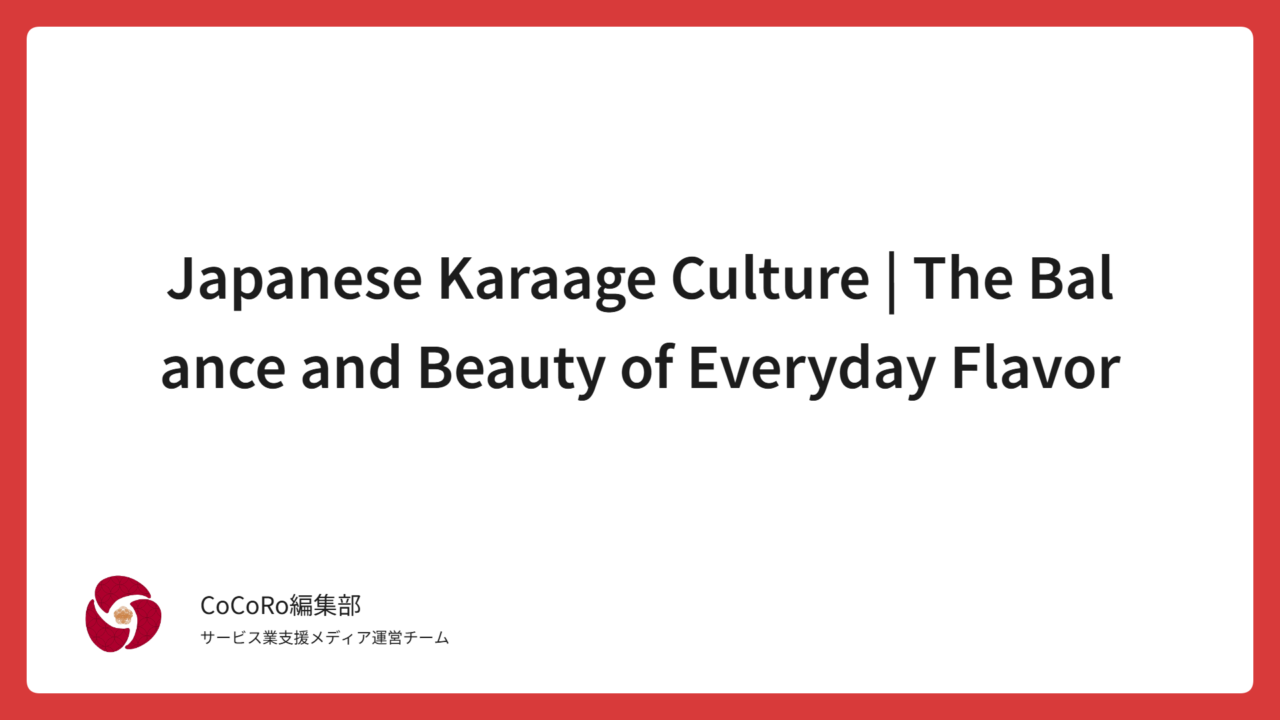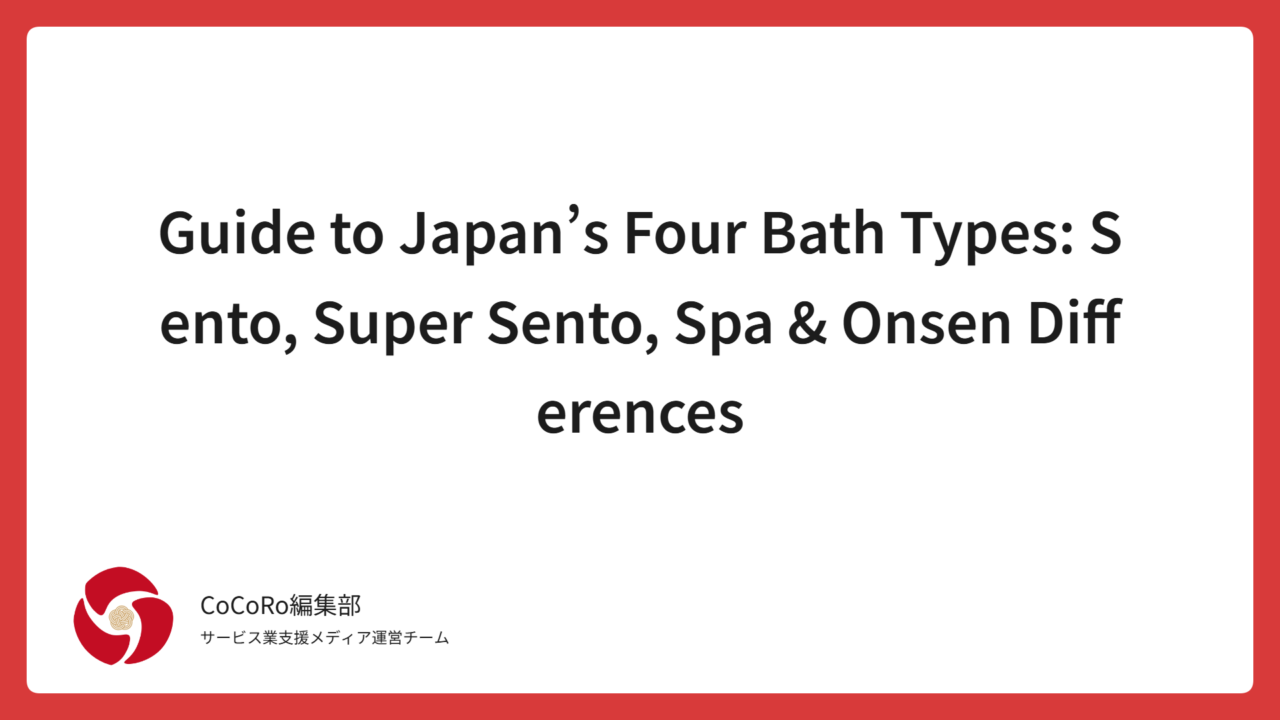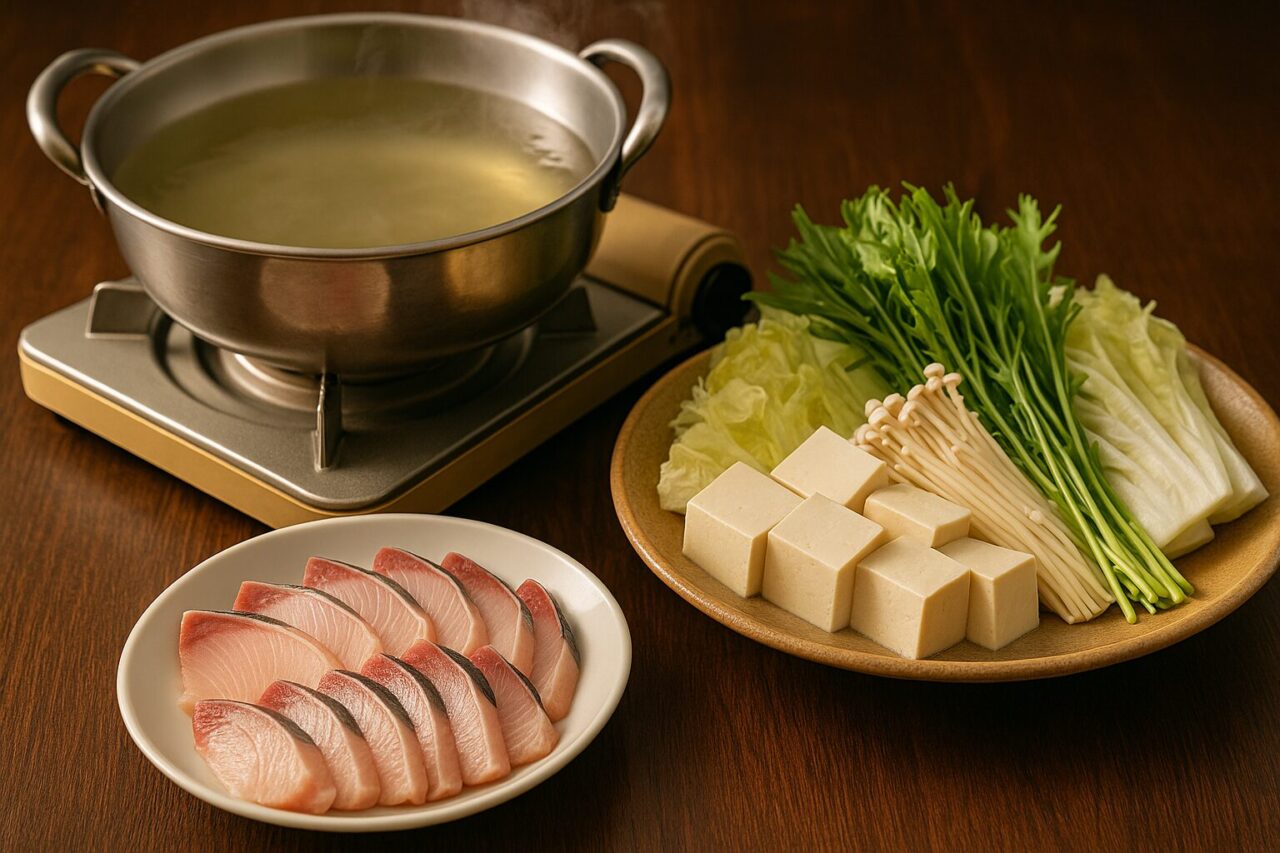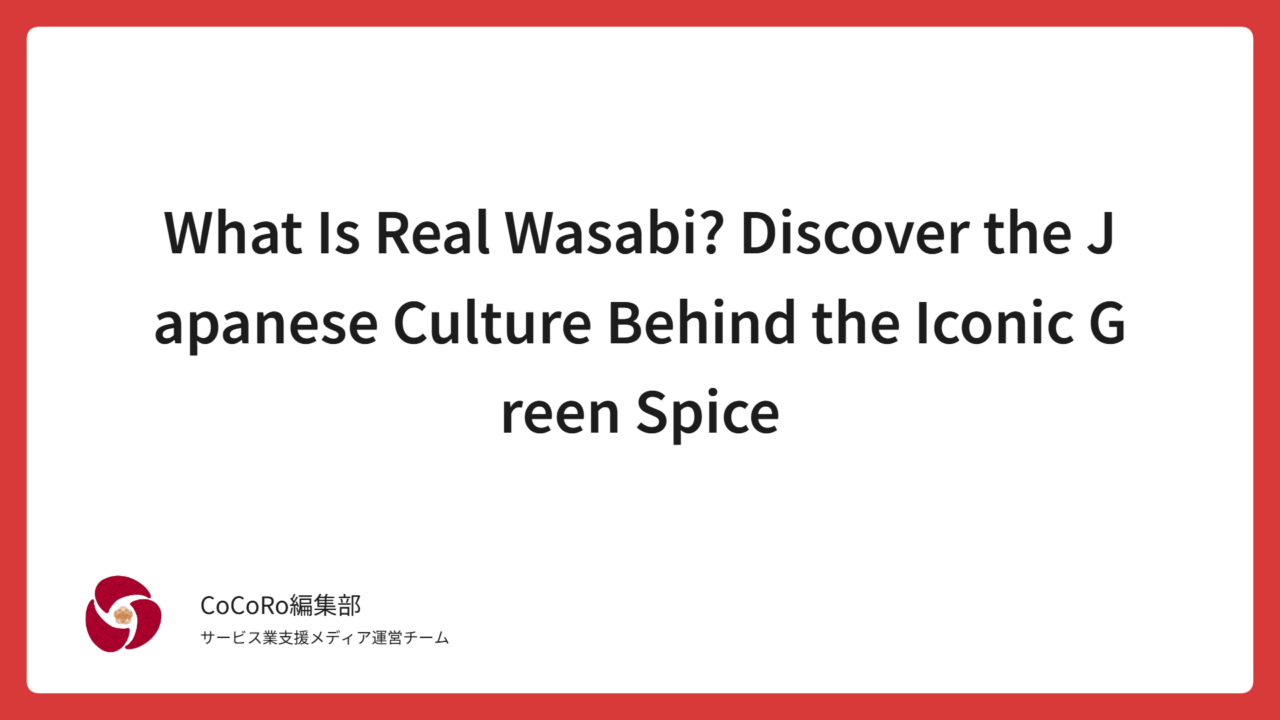
- 1. Introduction: Fried Chicken Exists Everywhere, but Why Does Japan’s Karaage Feel So Special?
- 2. The Origins and Evolution of Karaage — How It Became a Beloved Home-Cooked Dish
- 3. The Structure of Flavor — Japan’s Seasoning Culture and the “Deliciousness from Within”
- 4. Diversity as Culture — Accepted Because There Is No Single “Right” Way
- 5. The Essence of What Japanese People Find Delicious in Karaage
- 6. The Technique Behind the Taste — The “Invisible Design” of Heat, Oil, and Batter
- 7. “Japanese Karaage” Through the Eyes of the World
- 8. Karaage as a Reflection of Japan’s Philosophy of “Just the Right Balance”
- 9. Conclusion: Karaage as the “Perfect Form” of Everyday Food
1. Introduction: Fried Chicken Exists Everywhere, but Why Does Japan’s Karaage Feel So Special?
Across the world, there are countless ways to enjoy fried chicken.
From America’s fried chicken to Korea’s chimaek and Thailand’s gai tod,
every country has its own version of this comforting, everyday dish loved by ordinary people.
However, for Japanese people, karaage is more than just fried chicken.
It’s the taste of home, the star of a lunchbox, and a staple dish at izakaya pubs.
In other words, karaage is one of the most familiar—and most beloved—foods in everyday Japanese life.
Even though it’s the same kind of fried chicken, why is Japan’s karaage seen as something special?
The answer lies not only in its delicate seasoning and refined cooking methods,
but also in Japan’s food culture that values chōdo-yosa—a sense of balance—and harmony in every flavor.
2. The Origins and Evolution of Karaage — How It Became a Beloved Home-Cooked Dish
The roots of karaage are said to trace back to China’s zha ji (deep-fried chicken) and Western-style fritters.
From the Meiji era (1868–1912) to the early Shōwa period (1926–1989), Western cooking techniques entered Japan,
and deep-frying gradually became a familiar method in ordinary households.
After World War II, food supplies improved, and chicken became affordable and widely available.
At the same time, refrigeration technology and seasonings became more common,
making deep-fried dishes a familiar part of everyday home cooking.
It was during this period that today’s Japanese-style karaage was born.
Karaage is not a luxury dish, yet whenever it appears on the table, everyone feels happy — it’s an everyday treat.
Even on an ordinary day, the moment karaage is served, the table feels a little brighter,
and conversations among family members naturally come alive.
That simple warmth is at the very heart of Japan’s karaage culture.
3. The Structure of Flavor — Japan’s Seasoning Culture and the “Deliciousness from Within”
The defining feature of karaage lies in its seasoning process.
Chicken is marinated in a mixture of soy sauce, sake, ginger, and garlic,
allowing the flavors to soak deep into the meat before frying.
This method creates a perfect harmony between the crispy coating on the outside
and the juicy, flavorful meat inside.
While Western-style fried chicken builds its flavor from the outside through its coating and spices,
Japanese karaage creates flavor from within.
Each bite releases the meat’s natural umami,
making it deeply satisfying without ever feeling heavy or tiring to eat.
This approach reflects the very essence of Japanese cuisine,
which values harmony over boldness.
Rather than emphasizing strong, individual flavors,
it balances every element into a single, cohesive whole.
The appeal of karaage lies precisely in this sense of well-crafted harmony.
4. Diversity as Culture — Accepted Because There Is No Single “Right” Way
There is no strict definition of karaage.
Some versions are soy-sauce based, others use only salt; some are rich with garlic, spicy, or coated in sweet vinegar sauce.
The seasoning and flavor vary widely from home to home and region to region.
Yet every one of these variations is still accepted as karaage.
This flexibility reflects a uniquely Japanese tolerance for ambiguity when it comes to food and flavor.
In recent years, karaage has evolved even further, with a growing variety of creative styles and flavors.
- Mentaiko Cream Karaage: The rich cod-roe cream sauce pairs perfectly with the crispy, aromatic coating.
- Chicken Nanban–Style Karaage: The combination of sweet vinegar sauce and creamy tartar adds extra richness and satisfaction to each bite.
- Negi-Shio Lemon Karaage: The light saltiness and citrus aroma create a clean, refreshing finish.
- Black Vinegar Sauce Karaage: The rich, Chinese-style black vinegar glaze adds depth of flavor and elevates it to a main dish.
In this way, karaage has evolved into a versatile base dish that can be enjoyed in many different flavors.
For Japanese people, karaage is not a fixed recipe,
but a dish with enough flexibility to be customized to one’s personal taste.
5. The Essence of What Japanese People Find Delicious in Karaage
Karaage is not a special or luxurious dish, yet seeing it on the table always brings a sense of joy.
The reason lies in its perfect balance between simplicity and satisfaction.
- It still tastes good even after it cools down.
- It also works perfectly as a lunchbox item or a ready-made side dish.
- Anyone can make it.
- It’s loved by everyone, from children to the elderly.
Karaage is a “shared language of flavor,” equally loved at home, in restaurants, and even in convenience stores.
It’s not a luxury dish, but an everyday treat that everyone enjoys.
Each time you eat it, it brings a sense of comfort—and you never get tired of it.
This perfect sense of balance is the very essence of what Japanese people find delicious in karaage.
6. The Technique Behind the Taste — The “Invisible Design” of Heat, Oil, and Batter
Karaage may look like a simple dish, but it’s actually supported by precise and meticulous technique.
- Double-frying — first at a low temperature to cook the inside, then at a higher temperature to crisp the outside.
- By blending wheat flour and potato starch, it achieves both lightness and a satisfying texture.
- The oil temperature is kept consistent to ensure an even color and aroma in the coating.
Thanks to these careful techniques, karaage tastes consistently good—no matter who makes it or where it’s eaten.
These methods allow Japan’s “reliably delicious” fried chicken to be recreated almost anywhere.
The reason Japanese home cooking values “reproducibility” is that it’s designed to blend seamlessly into everyday meals without extra effort.
7. “Japanese Karaage” Through the Eyes of the World
Even overseas, Japanese karaage is highly praised.
Many tourists describe it as “light yet satisfying,” “not greasy,” and “refined in aroma.”
Why do such differences exist, even though it’s the same fried chicken?
One key reason lies in how the oil is handled — and in Japan’s refined technique of draining excess oil.
Japanese karaage isn’t simply drained of oil after frying.
In fact, the frying process itself is designed to prevent the meat and coating from absorbing too much oil.
This reflects a broader cooking philosophy found in Japanese cuisine, such as the following practices:
● Temperature Control
In most cases, karaage is made using a method called “double frying.”
The chicken is first cooked at a low temperature to heat it through, then briefly fried at a higher temperature to finish.
This process prevents the coating from absorbing excess oil, resulting in a crispy exterior and a tender, juicy interior.
The controlled contrast in temperature is what allows karaage to be both light and flavorful at the same time.
Batter Design
The type of flour used for the coating also plays an important role.
Using only wheat flour tends to make the chicken absorb more oil, while using only potato starch can make the texture too hard.
In Japan, the two are carefully blended and applied in a thin layer,
creating a karaage that is crisp and fragrant—yet never heavy.
● Oil Freshness and Type
In both Japanese homes and restaurants, cooking oil is frequently replaced or filtered to prevent oxidation.
Light, clean-tasting oils such as rapeseed oil and rice bran oil are especially preferred for frying.
As a result, the aroma of oil never lingers on the palate—
giving karaage its distinctively “light and clean” flavor.
● Post-Frying Placement
In Japan, freshly fried karaage is not placed flat on paper towels,
but rather stood upright on a wire rack.
This allows excess oil to drain naturally while letting steam escape,
keeping the coating crisp and light.
In this way, Japan has developed a cooking culture that not only “drains oil,”
but also prevents food from absorbing it in the first place.
In other words, the “technique of draining oil” is not merely about removing excess oil after frying.
It refers to a comprehensive set of cooking methods—temperature control, batter composition, oil quality, and post-frying placement—
all designed to minimize oil absorption throughout the process.
As a result, even though it uses the same chicken, Japanese karaage feels lighter and cleaner in aroma.
Its appeal doesn’t rely on a strong first bite, but on staying pleasant and never heavy until the very end.
That balance is precisely why many people abroad say,
“it’s the same fried chicken, yet it tastes completely different.”
8. Karaage as a Reflection of Japan’s Philosophy of “Just the Right Balance”
Karaage is not a dish that demands attention.
Yet, its modest character fits perfectly with the Japanese sense of harmony and subtlety.
A gentle saltiness, light oil, and just the right amount of juiciness—
everything exists in a balance that never goes too far.
The Japanese love for karaage may not be just a matter of taste,
but a reflection of deeper cultural values.
In a society that appreciates moderation over excess,
karaage stands as a symbol of “just the right balance.”
In other words, karaage is more than just a dish—
it is a culinary expression of the Japanese spirit of “just the right balance.”
9. Conclusion: Karaage as the “Perfect Form” of Everyday Food
Karaage is not a special dish.
Yet, it is precisely because it’s not special that it feels complete.
- It can be made at home.
- It can be bought anywhere.
- It still tastes good even after it cools down.
- It’s loved by every generation.
It’s not flashy, yet perfectly balanced.
Its flavors are subtle, yet leave a lasting impression.
Karaage is truly a dish that can be called “the perfect form of everyday food.”
And this “perfect everyday food” is precisely the reason
why people from around the world are so moved by Japanese karaage.
Karaage is a dish that embodies Japan’s sense of aesthetics, craftsmanship,
and everyday wisdom—all condensed into something we take for granted at our tables.
Karaage is a dish that quietly tells the Japanese story of what it means for something to be truly delicious.






